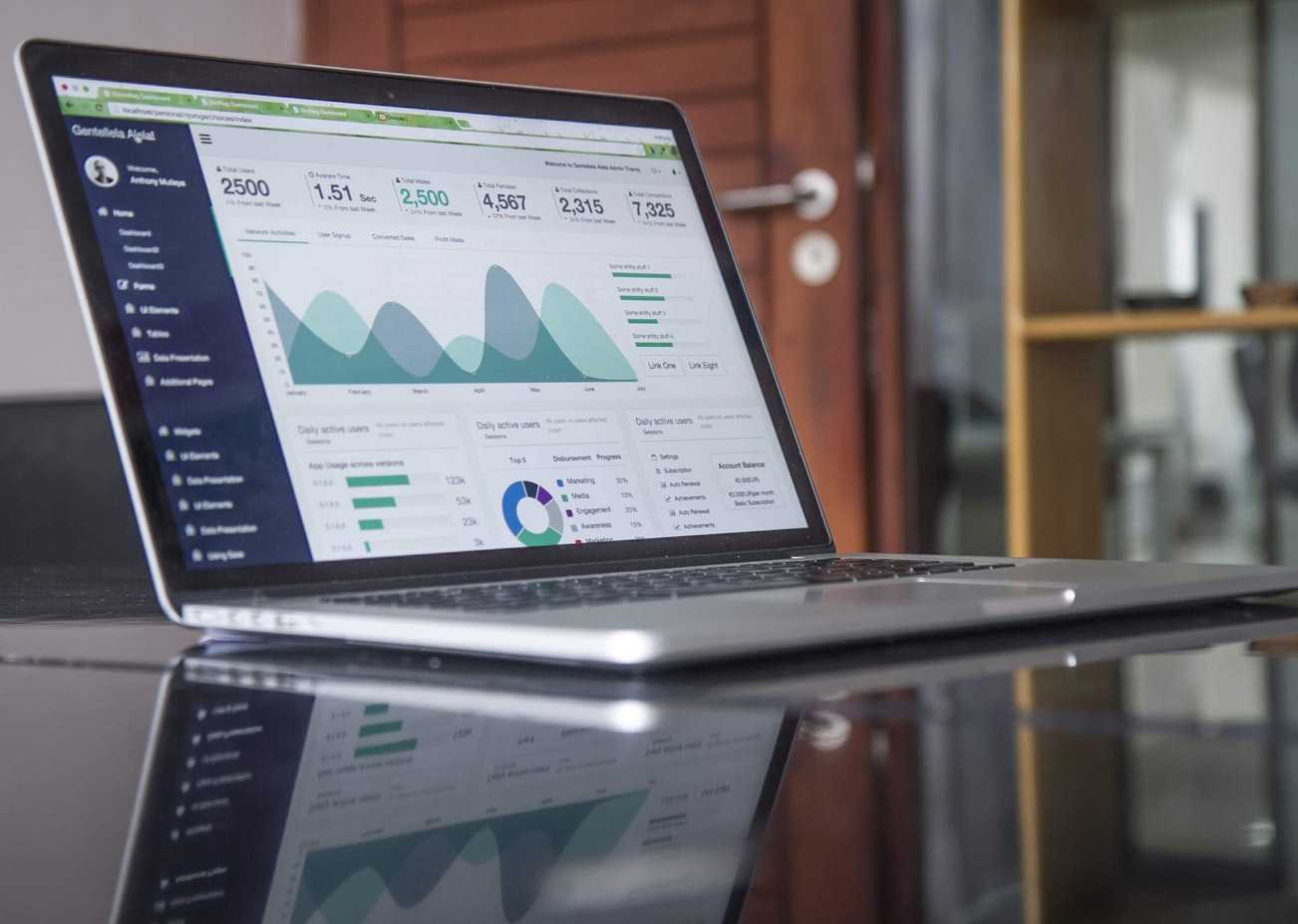
In a recent article from Marketing Week, we noticed a statistic suggesting that spend on marketing analytics could increase by 198% over the next three years. The Flaunt Digital team sat down to discuss the growing role of analytics in marketing…
See below for the full video transcription.
VIDEO TRANSCRIPTION
Lee: Okay, the second topic we’re going to cover is the growing role of analytics in marketing. Now, analytics has been around for a long, long time. I think the difference between now and, say, seven, eight years ago is that you can measure everything. Everything, pretty much, that a user can do online now can be measured and recorded. I think it’s something that’s becoming increasingly important. I think it’s something that big data is going to play a part in, AI is going to play a part in. I think the ability to pull vast amounts of data down and actually tell a story from it is a lot more capable these days than what it used to be. And I think it’s starting to become a niche within its own right, especially in the marketing space. I think the value that’s held on the data that you can get hold of now shapes the majority of good marketers’ strategies.
Jamie: Do you think this whole industry of analytics in marketing is just totally monopolized by Google at the moment or do you think there’s still room for other providers?
Lee: I think in a way, it kind of creates more opportunity if a third-party provider wants to come along and spin things in a different way. I think Google Analytics have monopolized it because they have a free platform for the most part, which is really comprehensive. So no people, even if they have got a third-party in play, will not have Google Analytics in play just because it’s free to set up. And because it’s become an industry standard because it’s Google. I think the data which everybody’s reading from is pretty much the same.
Chris: I think they’re the talking in this sense, though, I think they’re talking more about things like analytics attribution, things like that, sort of incorporating multi-channels. So offline and online, how do they match together and where businesses should be putting the marketing budget and things like that. I think as we know, the purchase journey now is far more complex than it’s ever been and marketers in the past, they used to base everything on like a last-click basis through marketing channels up ’till now. And I think people are realizing there’s a lot more that goes on in the run-up to a goal completion or a purchase, something like that.
It obviously incorporates offline, online, multiple touch points along the way that eventually get you to that end goal. So I think people are just wondering now, instead of spending, say, half a million quid on PPC every year, is that actually, genuinely driving you all the value that it needs to be driving? Or is there something else along that purchase path that could be optimized completely separately from your PPC activity that would give you more value?
Lee: Yeah. I think there’s a lot more of that happening now, where it’s an integrated approach between channels. I think the capabilities for things like in-store visits just give even more value to channels like PPC. I think historically, five, six years ago maybe, you weren’t able to do that. You weren’t able to tie that up. So it just strengthens the argument to run your PPC, and then when you can tie that back to other channels, your organic, things like that, it’s just invaluable. It’s becoming easier to tell the right story. And if you’re not tracking from the start, then you’re not going to be able to refine your strategy. You’re not going to be able to make cost savings. It’s just something that, although it’s becoming or being deemed as a growing role of analytics, it’s always been there. It’s just being able to use it effectively and from a cost-saving perspective. You can’t do without it, in my opinion.
Chris: Yeah. I mean, it’s a minefield as well. I mean, it’s like the Holy Grail, isn’t it? Being able to figure out what your customers are actually up to and what they engage with in between first discovering you to actually purchasing something like that. They touch bases with so many different platforms and they’ll read various informational posts and stuff before they’re confident with your brand. And that kind of thing, quantifying it, piecing it all together, is such a complex task now. But I think there’s a lot more emphasis on that now, especially now there’s more tools coming out as well that help to increase your transparency on things like this now.
I think that’s why you’ll see more of the different transparency and visibility vendors coming in to play a little bit more over the coming years, I think to just shed a little bit more light on what are the behaviours, what are people actually doing, how are they engaging with content, what is the determining factor in whether somebody bounces, doesn’t bounce, or completes a goal or a purchase. I think it’ll definitely become more of a key talking point across marketing in coming years.
Lee: Yeah, I think there’s a point maybe two, three years ago where the data that was available through Google Analytics was almost commoditized by the marketing industry, whereby everything that was easy to understand and visible, sessions, visits, things like that, were just across the board general. Whereas now, because of the capabilities of analytics, it’s not a commodity anymore. You have to actually go in and you have to know what you’re doing and you have to be able to tell the right story. And like I say, I think it’s just going to become more and more important. And as these analytics tools and vendors become more sophisticated, marketers are going to have to follow that curve. Otherwise they’re just going to get left behind.
Chris: Yeah. I think that they’re looking at completely different metrics and measurements now to what they did five years ago, in determining whether something’s performing or not. The evolution of that on its own is just a completely different thing now. We look at completely different metrics now to what we did before in terms of your ability and scalability, things like that. There’s so many things. And it is a minefield. I do empathize with brands, especially big data brands that are playing with enormous buckets of data. It must be an absolute mammoth task to be able to figure out exactly what’s going on.




